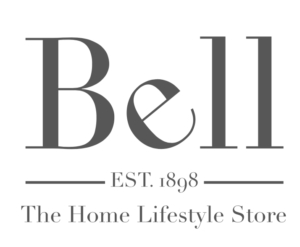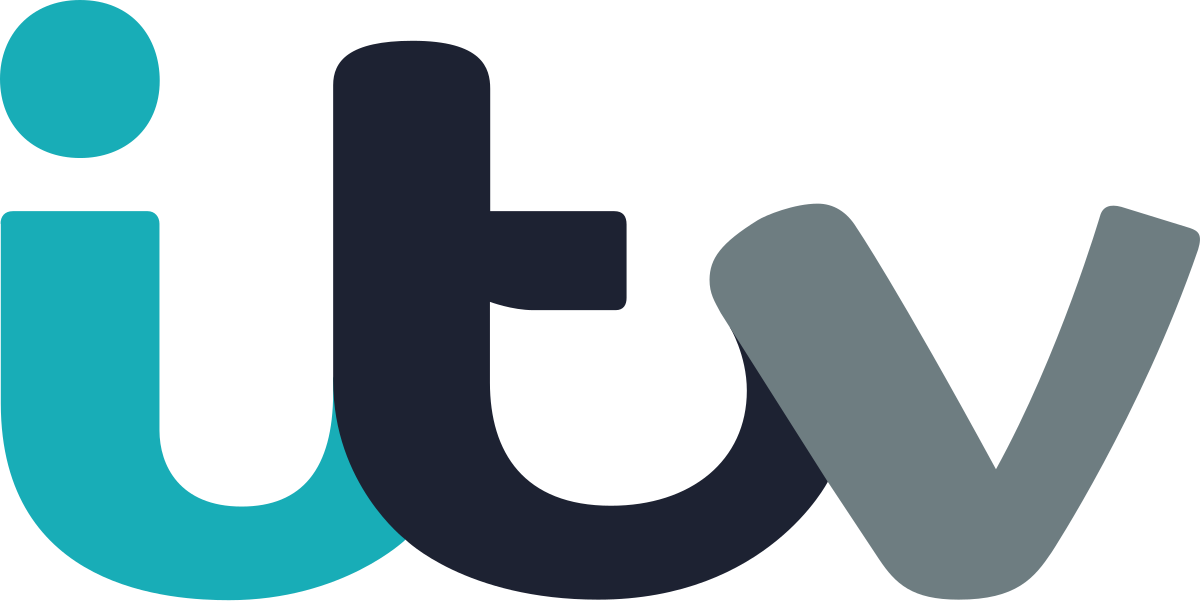How is pr different to marketing?

I’m asked this question a lot, especially when meeting new people at networking events, so here’s my simple guide on how to distinguish PR from marketing – and how each contributes to the success of a business.
Basic functions
Marketing can be generally defined as a business investment, using paid advertising and promotional activities to win new customers and entice existing ones to buy more. Its function is to boost a company’s bottom line and deliver a safe ROI (return on investment), focusing primarily on products and services over a short-term period (special offers, limited availability etc).
With audiences becoming increasingly savvy about marketing and advertising, PR (public relations) has become a more recognised function in the communications field. Whereas marketing targets current and potential customers, PR is all about maintaining broader positive relationships with anyone interested in a brand, from stakeholders to potential customers. It achieves this by securing more subtle, free exposure in the public domain in order to boost a company’s image and reputation. Generating positive media coverage is a longer-term process and because it focuses on perception rather than direct sales, it’s typically more difficult to measure ROI with PR.
Activity
Marketing activity generally covers promotional events (e.g. a stall at a trade show, sponsoring a summer fair, social media campaigns/competitions), direct marketing (mailings, flyers, e-shots, phone calls) and advertising (TV, newspaper, magazine and online bookings), all aimed at the customer. Most of this strategy is devised within the realms of ‘paid media’ – guaranteed positions calculated in line with a pre-determined marketing budget.
PR activity revolves around delivering influential messages through targeted slots such as newspaper articles, respected online blogs, radio interviews or speaking appearances at industry conferences, all demonstrating a company’s expertise in the area in which it does business. Much of this activity takes place within ‘earned media’ – coverage gained through liaison with third parties.
Goals
The goals for marketing activity are to reach consumers and deliver direct sales of a product or service, or to generate strong leads. Essentially, you are trying to boost revenue.
The goals for PR are to raise awareness of a brand, give it a positive reputation, boost its credibility and, where appropriate, to protect the brand amidst negative media coverage.
Benefits
With marketing, you get guaranteed coverage for your money and maintain full control of the message you want to put out there. With modern software systems, you can also easily track the success or failure of your campaigns (e.g. click-through rates from emails), and through pay-per-click advertising can directly put yourself in front of a consumer at a time when they are looking for your service. Concepts like A/B testing also allow you to quickly analyse what works well and what doesn’t, reducing the prospect of you wasting your budget on ineffective strategies.
The benefits of PR are that any activity generated through earned media is regarded by the public as more credible than paid media because your message is effectively being endorsed by a third party. Although you can’t control your message (a newspaper editor can edit your press release to change the slant of your story, or a TV interview carries the risk of an unexpected question that may turn negative), it can ultimately prove more influential. Earned media is also free, so going down this route can be very cost-effective.
Digital
The advent of the internet, especially social media, has blurred the lines between PR and marketing. Digital activity such as blogging, content marketing, search engine optimisation (SEO) and social media management can fall into both camps. Hard-sell social media posts have proved unpopular, so companies now tend to tone their messaging down, focusing on building relationships and engaging with users rather than selling at them – a practice more akin to PR. This has evolved over the years from posts of a few characters on Twitter to links to supporting blog posts, webinars and website content that share knowledge and promote a business or individual as an ‘expert in their field’ – again, something that PR has been doing for years. However, the key difference here is that these posts and articles are not going through a third party or external editor. They are also not classed as ‘paid for’ media like advertising, which adds to the confusion! So, where should they stand?
In my opinion, in the modern world, both marketing and PR are heading towards the same goal – raising awareness, building a positive brand reputation, and forming valuable relationships with clients, stakeholders and potential customers and referrers. Both digital marketeers and PR gurus also want to create good quality content for good quality websites whether that be for PR or SEO reasons.
There are various pros and cons to using PR and marketing, but essentially the two should work in sync to form a robust communications strategy that raises awareness AND brings in sales.
Latest Articles
Laura’s story – from journalism to the dark side
I only ever wanted to be a journalist growing up. I think it stemmed from having to write an ...
Celebrating positive media two pr firms collaborate to spread good news
To mark Positive Media Day on June 22nd two Northamptonshire based PR and marketing companies have teamed up to conduct ...
Ballyhoo pr welcomes new team member
We are pleased to announce that we have appointed a new Senior PR Executive! Catherine Bontoft, who has around ...
Does pr have a place in a pandemic?
This time last year nobody could have predicted what lay ahead. We were in the early days of the ...
Ballyhoo pr launches pr packages for start-ups and businesses looking to grow
Following the success of the recent Rev Up Your Business seminar that Ballyhoo PR presented at last month, we have decided ...












